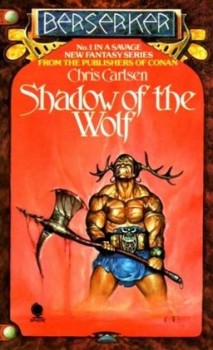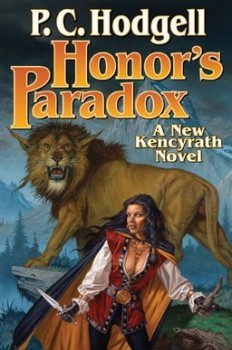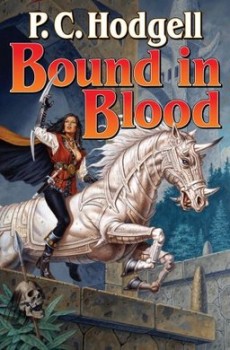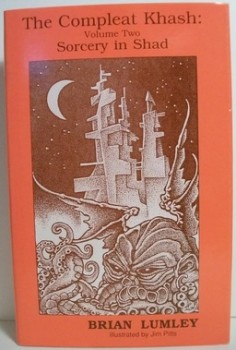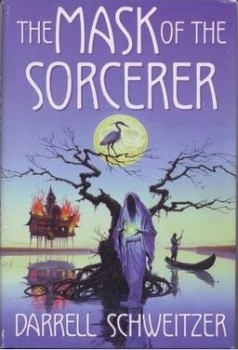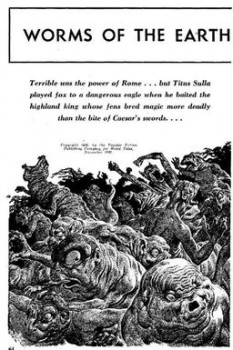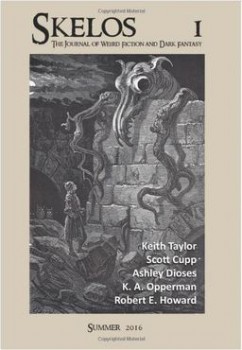Last of a Series… For Now: The Sea of Time by P.C. Hodgell
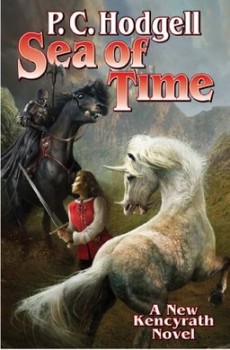
Earlier this year I promised myself I would finally finish all the volumes in P.C. Hodgell’s Kencyrath series so far. I did that yesterday, with my completion of The Sea of Time (2014). I’m really enjoying the series and book 7 is a blast. Regular readers will be shocked to read my one complaint: it’s too short. Before I explain that, let me fill you in on the book and tell you all about its good points.
First, one more time, the setup:
Thirty thousand years ago, Perimal Darkling began to devour the series of parallel universes called the Chain of Creation. To fight against it, the Three-Faced God forged three separate races into one: feline-like Arrin-Ken to serve as judges; heavily-muscled Kendar to serve as soldiers and craftsmen; fine-featured humanoid Highborn to rule them. For 27,000 years, the Kencyrath fought a losing battle, one universe after another falling to the darkness. Three thousand years ago, the High Lord Gerridon, fearful of death, betrayed his people to Perimal Darkling in exchange for immortality. Fleeing yet again, the Kencyrath landed on the world of Rathilien. Since then, they haven’t heard from their god and Perimal Darkling has seemed satisfied to lurk at the edges of their new home. Monotheists trapped on an alien world with many gods, the Kencyrath have had to struggle to make a life on Rathilien.
Now, the power of the Three-Faced God seems to be reappearing. The Kencyrath believe that only the Tyr-ridan, three Highborn reflecting the three aspects of their god — destroyer, preserver, and creator — will be able to defeat Perimal Darkling. Jame, raised in the heart of Perimal Darkling, is fated to be the Regonereth: That-Which-Destroys.
At the end of the previous book, Honor’s Paradox, series heroine, Jame, had survived all the tests and trials thrown at her by the curriculum and her enemies at the Kencyrath military academy, and was promoted to second year cadet. The Sea of Time opens with Jame arriving at the Southern Host. The Host is the main force of Kencyrath soldiers, hired out to the wealthy city of Kothifir.

